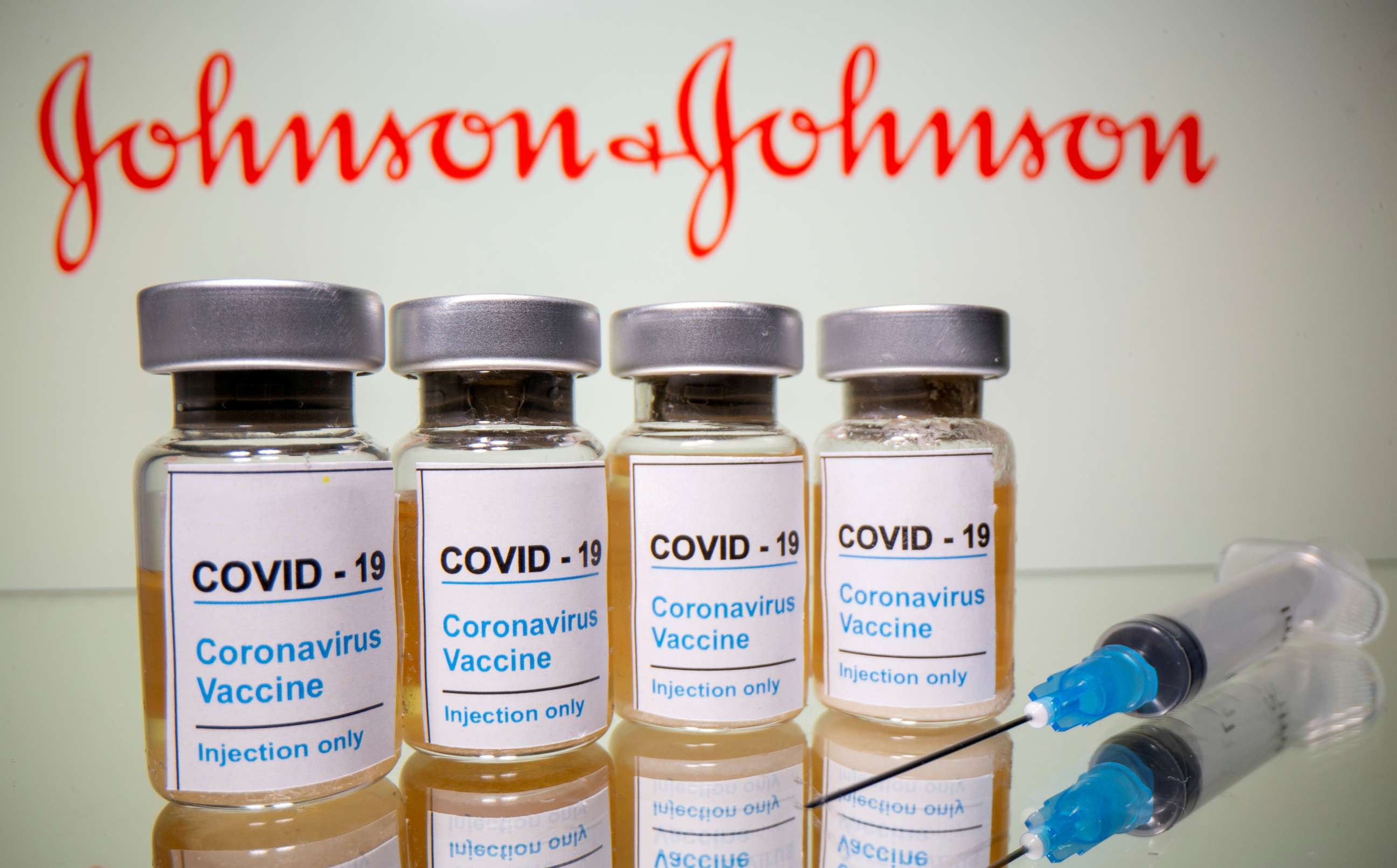Experts weigh the potential harms of pausing Johnson & Johnson vaccinations
J&J's vaccine is important for those susceptible to consequences of COVID.
The CDC and FDA recommended temporarily pausing use of the Johnson & Johnson vaccine on April 13 after six women experienced a rare blood clot out of nearly 7 million shots given.
While some vaccination clinics were able to quickly pivot to using vaccines from Pfizer and Moderna, the impact was felt acutely at more than 7,000 sites that were only using the Johnson & Johnson vaccine at the time.
Approximately 10 million Johnson & Johnson shots are now sitting at pharmacies, waiting for the pause to be lifted, according to the CDC's website,
But now, more than 10 days later, public health experts are increasingly critical of the move, pointing out that the nation-wide pause may be causing more harm than good -- especially in communities that benefited most from the convenient single-shot vaccine.
With the CDC's advisory committee set to meet again on Friday, the risk of this rare type of blood clot following the Johnson & Johnson vaccine still appears to be extraordinarily small -- less than one in a million.
Meanwhile, the risk of developing a blood clot from a COVID-19 infection -- or dying of the illness -- is exponentially higher.
Because the Johnson & Johnson vaccine is highly effective at preventing COVID-19, many experts argue that withholding this particular vaccine may put unprotected people at even greater risk of harm.
And like so much else in this pandemic, the temporary pause may be having a disproportionately negative impact on less privileged communities.
Unlike the Pfizer and Moderna vaccines, which both require two doses and ultra-cold storage, the Johnson & Johnson vaccine provides COVID immunity with just one dose and can be stored at regular refrigeration temperatures. These uncomplicated logistics made it a gamechanger for anyone without easy access to a vaccination center.

“It just makes it more feasible for people in rural areas, people without a car or good public transportation, also prisoners and homebound populations,” said Dr. Amesh Adalja, FIDSA, infectious disease specialist and senior scholar at the Johns Hopkins University Center for Health Security.
Adalja adds that Johnson & Johnson’s “one-and-done” dosing means that it only takes two weeks to reach COVID immunity. With Pfizer or Moderna vaccines, it takes five to six weeks to get there.
“The longer it takes for individuals to be immunized, the more risk there is for suffering severe consequences from infection," said Adalja. "So, if the Johnson & Johnson vaccine was the only path to certain demographic groups being vaccinated, I think the pause will translate into hospitalizations and some level of death overall.”
The risks of contracting COVID or suffering severe complications of a COVID infection, including death, are “probably even greater than that for the individuals who will be most affected by the J&J pause,” said Dr. John Brownstein, an epidemiologist at Boston Children's Hospital and ABC News contributor. That’s because the hard-to-reach populations who stood to benefit from the more easily accessible Johnson & Johnson vaccine are also populations with disproportionately high rates of disease, hospitalization and death, he explained.
“The J&J vaccine was an important tool for vaccinating especially vulnerable and hard-to-reach populations, including homeless persons and migrant workers,” said Dr. Celine Gounder, infectious disease specialist and member of the Biden-Harris Transition Team COVID-19 Advisory Board, in an email to ABC News.
The CDC's advisory committee (ACIP) will meet Friday, April 23, to discuss the small risk of a rare blood clot and the nation's top infectious disease doctor Dr. Anthony Fauci has predicted that the committee will make a decision about whether to lift the pause.
“At the same time, it's important not to create the impression that we are using an inferior vaccine to vaccinate vulnerable people. It's essential that the FDA and CDC review the data carefully before lifting the pause, and I anticipate that they will do so after the next meeting of the ACIP,” said Gounder.
“Hopefully we can overcome all of this and the pause will end soon. Hopefully we can meet those higher-risk people that need to be vaccinated right now with the Moderna and Pfizer vaccines. We’ll need to come up with innovative ways to bring those vaccines into harder-to-reach communities,” said Adalja.
Leah Croll, M.D., a neurology resident at NYU Langone Health, is a contributor to the ABC News Medical Unit.




